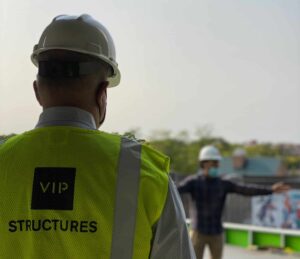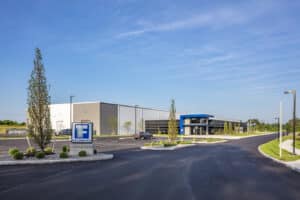From a building owner’s perspective, the goal is to create a safe and efficient building. From a property manager’s perspective, the goal is to ensure residents are satisfied with their living space. How can the two perspectives be better integrated? By instituting a formal resident feedback process.
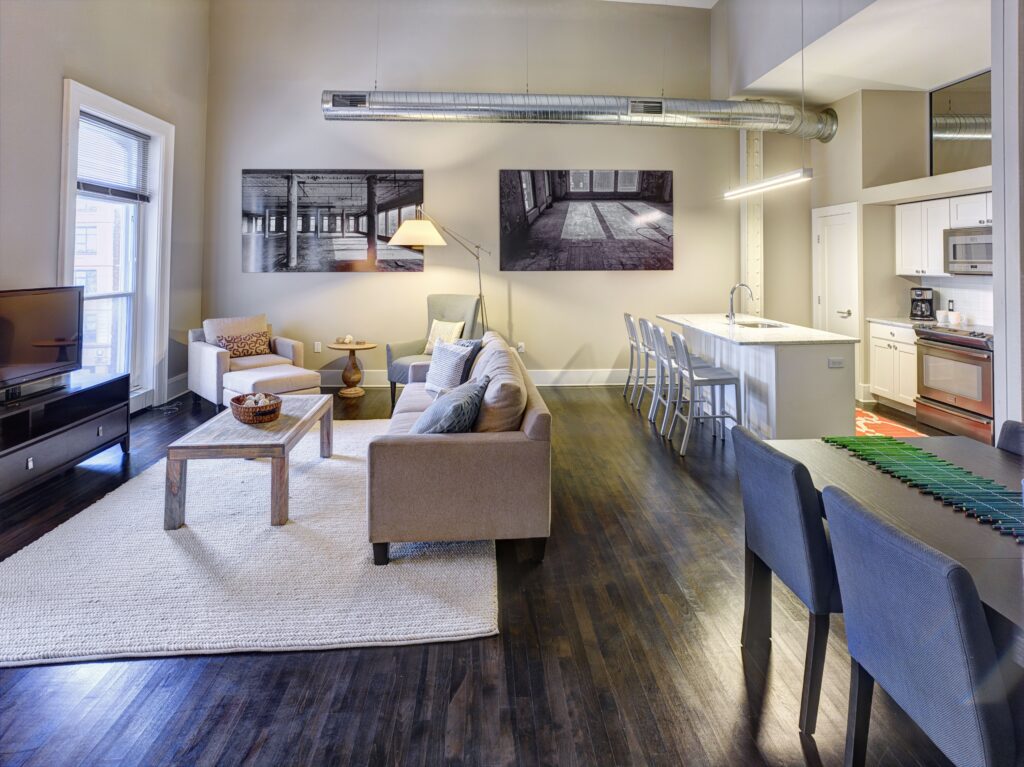
In our world where user reviews are everything, ensuring that the living space created is satisfactory to residents is important. Is it enough to just receive casual feedback from residents? The problem is, informal and casual feedback only comes from the most satisfied and least satisfied residents which neglects feedback from those somewhere in the middle (where many residents will likely fall). They may not be your biggest promoter or detractor, or even the loudest voice, but their feedback is still extremely valuable as it pertains to building design, atmosphere, and aesthetics.
Continually placing your focus on the residents of a building, and understanding if their needs are being met and what could be improved, will set your building and future development up for success for years to come.
Wondering if residents would pay more for a gym? Or whether having an on-site gym will attract more residents? What about other features like central-air, having a secured building, outdoor living space, community space, flooring, countertops, floorplans, and laundry services in unit/on premise, etc.? Would residents move or stay in your building longer if those features were offered? Would current or potential residents pay more for those features? Wouldn’t this data be valuable for future design-building projects as well?
A formal and regular resident feedback process can answer all of these questions for you. Gathering feedback from residents within an apartment building, condo development, or other community might sound difficult but there are a variety of ways feedback can be collected easily. A few options discussed below are yearly resident surveys, resident move in/move out surveys, resident interviews, and resident focus groups.
These processes help the developer and property manager keep a finger on the pulse of resident satisfaction. Is the complaint you received a one-off comment or do 70% of residents feel the same way? Resident feedback gives you the opportunity to measure loyalty, make improvements, and reduce churn to other apartment complexes or residential facilities.
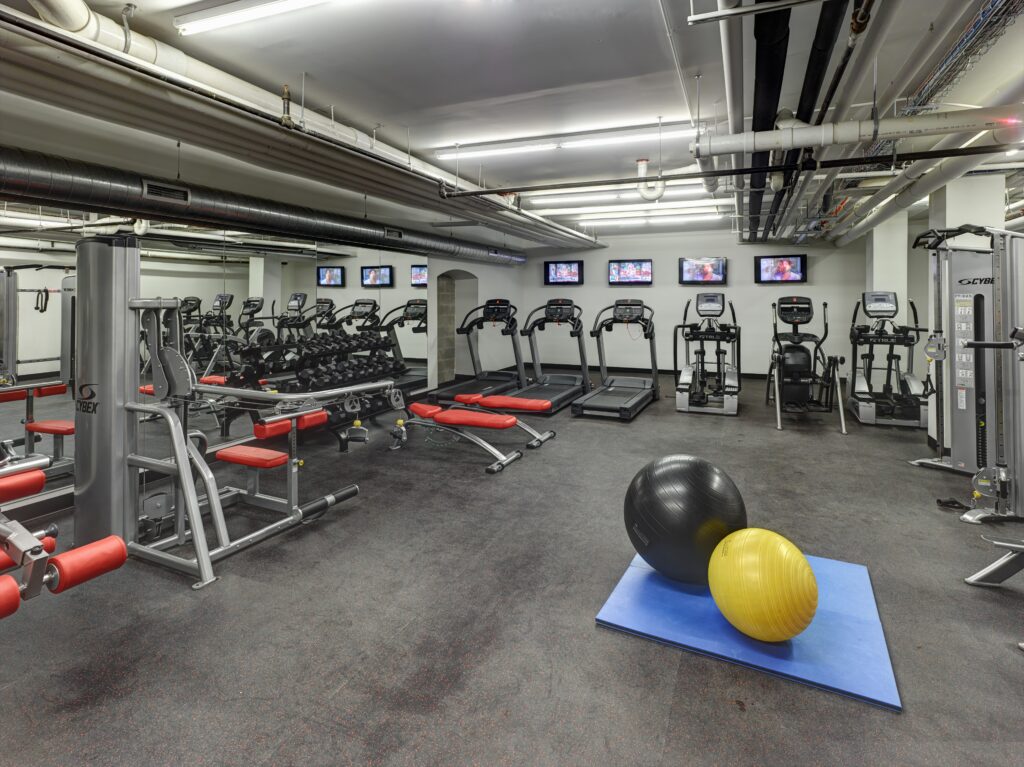
Yearly Resident Surveys
Want to gauge current residents’ satisfaction each year to understand how it has changed? Consider yearly resident surveys. This methodology is best for measuring the satisfaction of several important factors such as overall living space, specific amenities, and the likelihood to move.
It may be helpful to work with a third-party market research company, which can help guide building owners through the process and ensure respondents that their responses will be kept anonymous. Residents may not offer criticism to the property manager but if they know their response is going to a third-party, they are more likely to open up and be truthful.
Yearly resident surveys can be sent via mail or dropped off at residents’ doors with a return envelope to send to the market research team. Another less expensive option is to have the survey invite sent via email. Typically, these surveys consist of about 15 questions and take residents 3 to 5 minutes to complete. Depending on the building owner’s or property manager’s goals, questions regarding interest in current and new features can be explored.
Resident Move In/Move Out Surveys
Wondering why residents moved from their previous residence? Or wondering why residents are moving out of the building? Resident move in/move out surveys will address that. Gathering feedback from residents during the move in and move out process helps property managers understand motivating factors and drivers to this life change. The results can point to key decision-making factors to capitalize on from new residents, and areas to improve upon from residents moving out. If you know why residents are moving out, property managers can head-off these pain points with other residents before they leave. If property managers know why residents are moving in and why they chose the complex, they can work these messages into future marketing.
Resident move in/move out surveys can be wrapped into the current move in/move out process. The survey can be included with the move in/move out paperwork with a return envelope or email can be used. Similar to yearly resident surveys, many move in/move out surveys consist of 5 to 10 questions or less and take residents a few minutes to complete.
Resident Interviews
Looking to reach out to residents to discuss specific factors of satisfaction, potential new features, and other topics? Open a one-on-one dialogue with resident interviews. This type of qualitative research is best for exploring topics; for example, interest in new features or paying for new features, key benefits, top areas for improvement, etc.
Here, an in-depth interview (IDI) moderator will lead the conversation and provide a report on the findings from all interviews conducted. The first step in the in-depth interview process is to develop a guide with the help of an interview moderator. This will steer the conversation between the moderator and resident. Typically, these interviews are scheduled either in person or via phone with 8 to 10 residents and last between 20 to 30 minutes.
This is a more formal one-on-one interview, which gives the property manager more insight and depth of resident feedback than what can be acquired through a survey. Surveys are excellent measurement tools, while interviews and resident focus groups are better ways to explore topics.
Resident Focus Groups
Wondering what a group of residents think about your building? Resident focus groups gather residents together in the same room to explore topics and ideas. Similar to resident interviews, this type of qualitative research is best for exploring topics. Oftentimes this type of research is completed with residents to discuss best features, aesthetics, pricing, and more.
Before the focus group is held, a guide is developed to ensure all topics have been addressed in an effective manner. Typically, focus groups recruit 8 to 10 participants and last between 1 to 2 hours. These are led by a moderator. If your building has a conference room or community room on-site, it can make for a convenient location to host. You’ll want to supply some food and beverages for attendees.
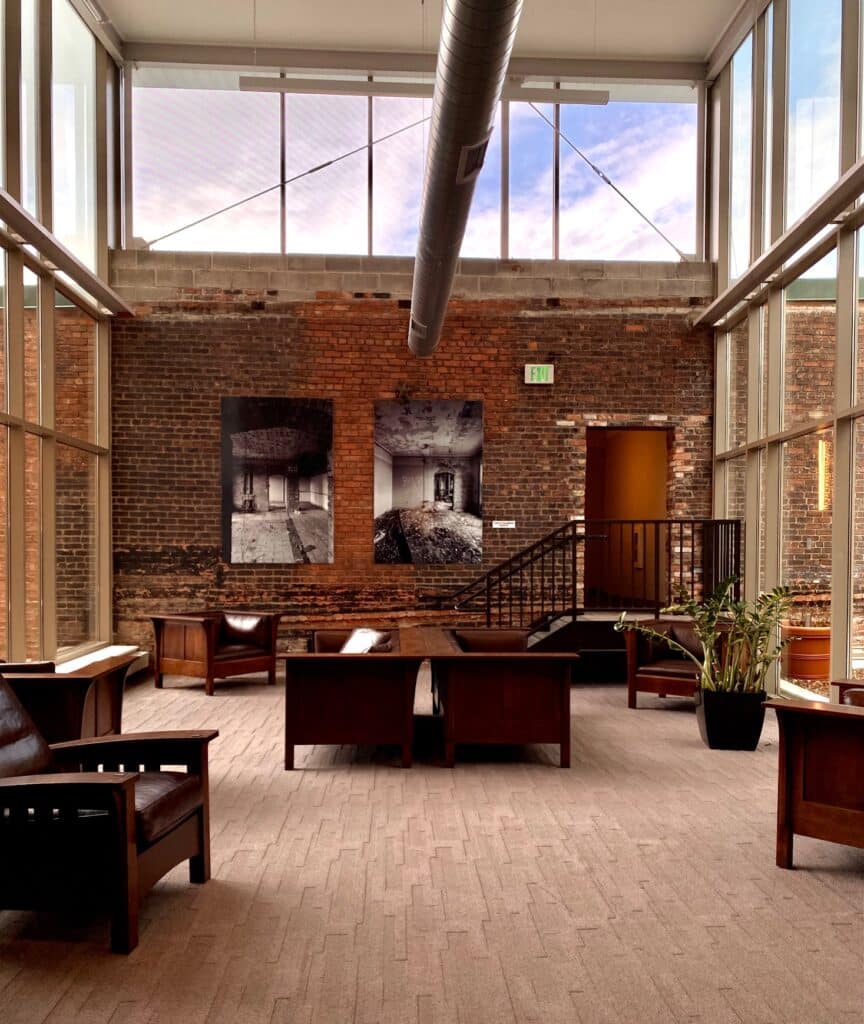
In Summary
The results from resident feedback research help building owners and property managers keep residents in the forefront of the lifestyle experience. Building owners can set themselves up for success by conducting market research to gather feedback from residents. Acting on that feedback to capitalize on areas of success can help attract new residents and addressing areas of improvement can help retain current residents.
At VIP Structures, we build with the owner/occupant’s perspective in mind. Interested in learning more about how VIP Structures can assist with your next development project? Browse our blog for more information or contact us below.

